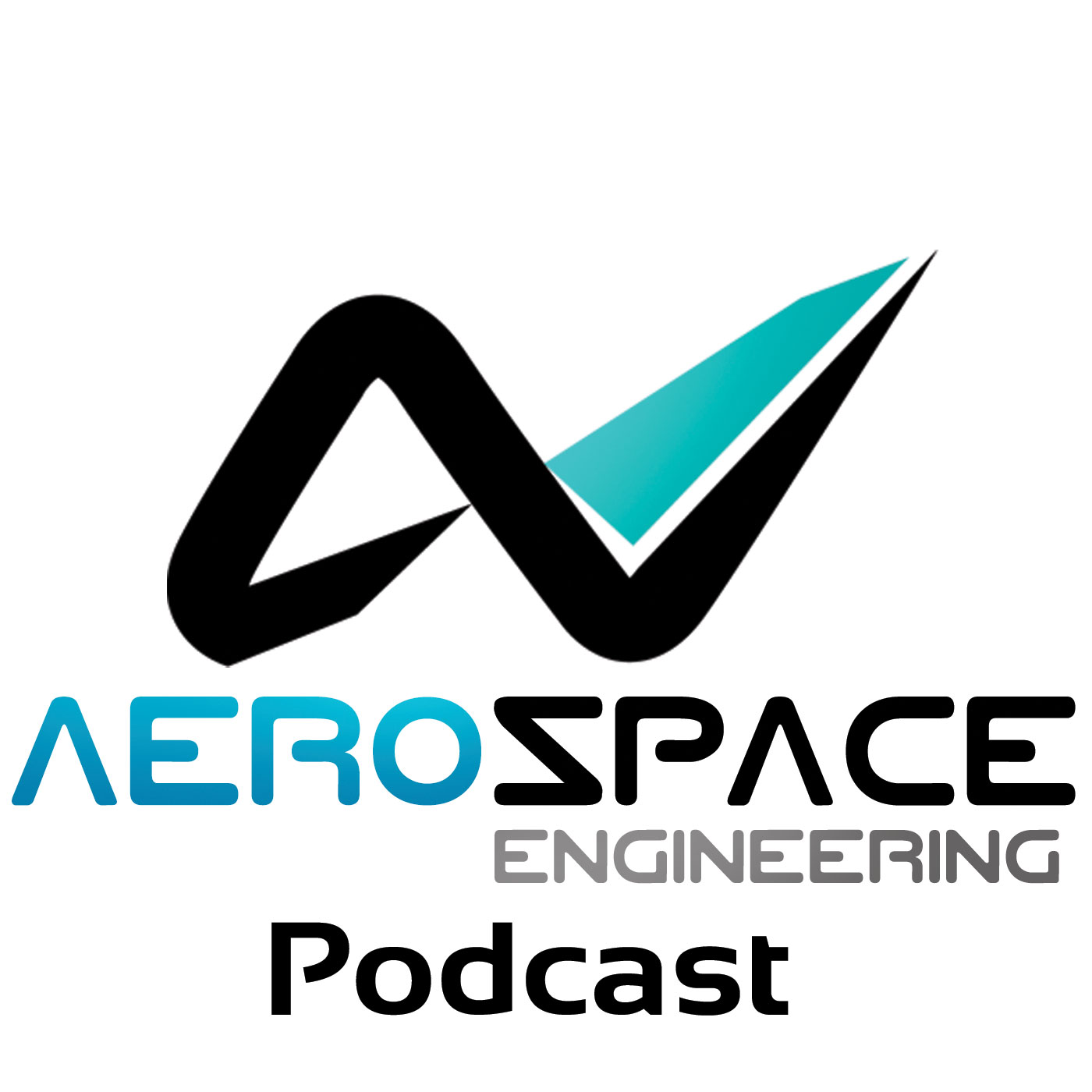Episodes

Wednesday Aug 22, 2018
#16 – Max Haot and Launcher's ten-year journey to deliver small satellites to orbit
Wednesday Aug 22, 2018
Wednesday Aug 22, 2018
On this episode I am speaking to Max Haot, who is the founder of Launcher, a rocket startup based out of Brooklyn, NY. Launcher was founded in early 2017 and is on a ten-year journey to deliver small satellites to orbit. More specifically, Launcher plans to deliver payloads of up to 300 kg into low-earth orbit cheaper than anyone else in the growing small launcher market; a market specialising on small satellites that will deliver GPS, internet services and earth imaging in the near future.
The most difficult part of launching satellites into orbit is building a robust and reliable rocket engine. On top of that, the physics of the rocket equation dictate very stringent constraints on the mass of the rocket and payload. To launch a satellite into low-earth orbit, a typical liquid-oxygen/kerosene rocket is around 95% propellant on the launchpad. So any fuel savings from a more efficient rocket engine can go towards increasing the payload. Launcher has spent the last year working on their proof-of-concept engine, the E-1, and are now in the process of spending the next three years developing the 40x larger E-2 engine. Key to Launcher’s rocket engine is 3D printing and a staged combustion cycle. 3D printing allows for a reduction in parts, faster development times, and easier manufacturing of complex geometries such as integrated cooling channels, which all help to reduce costs. In a staged combustion cycle, a favourite of Soviet rocket engineers, propellant flows through two combustion chambers, a preburner and a main combustion chamber. The pressure produced by igniting a small amount of propellant in the preburner can be used to power the turbo pumps that force the remaining propellant into the main combustion chamber. The addition of the preburner leads to better fuel efficiency, but comes at the cost of greater engineering complexity.
One of the things I love about Launcher is that they face this daunting engineering challenge with the utmost humility, documenting many of their failures and successes online for everyone to see. In this way, anyone can get a glimpse of what it means to build a rocket company from scratch. In this episode of the Aerospace Engineering Podcast you will learn:
- how Max got into the space industry
- the engineering details behind many aspects of the E-1 engine
- the advantages of 3D printing and stage combustion
- and Launcher’s current schedule for developing the full-size E-2 engine
If you want to learn more about the topics discussed in this episode, then you can find show notes with links to more in-depth material on the aerospace engineering blog. If you want to support the show then please leave a review; share it on social media with your friends and family; or support us directly on Patreon. Thanks a lot for listening!
This episode is brought to you by AnalySwift. Do you work in the design and analysis of aerospace structures and materials? If so, AnalySwift’s innovative engineering software SwiftComp may be the solution you’re seeking. Used either independently for virtual testing of aerospace composites or as a plugin to power conventional FEA codes, SwiftComp delivers the accuracy of 3D FEA in seconds instead of hours. A general-purpose multiscale modeling program, SwiftComp provides an efficient and accurate tool for modeling aerospace structures and materials featuring anisotropy and heterogeneity. Not only does SwiftComp quickly calculate the complete set of effective properties needed for use in macroscopic structural analysis, it also accurately predicts local stresses and strains in the microstructure for predicting strengths. Find out how others in composites are saving time while improving accuracy, designing earlier in the process, and getting to market more quickly. For a free trial, visit analyswift.com. SwiftComp: Right results. Right away.
This episode is also sponsored by StressEbook.com, which is an online hub for you if you are interested in aerospace stress engineering. StressEbook.com provides world-class engineering services and online courses on the stress analysis of aircraft structures, as well as a free ebook and blog. No matter if you’re a junior or senior structural analyst, stressEbook.com provides you with the skills and know-how to become a champion in your workplace.


Comments (0)
To leave or reply to comments, please download free Podbean or
No Comments
To leave or reply to comments,
please download free Podbean App.